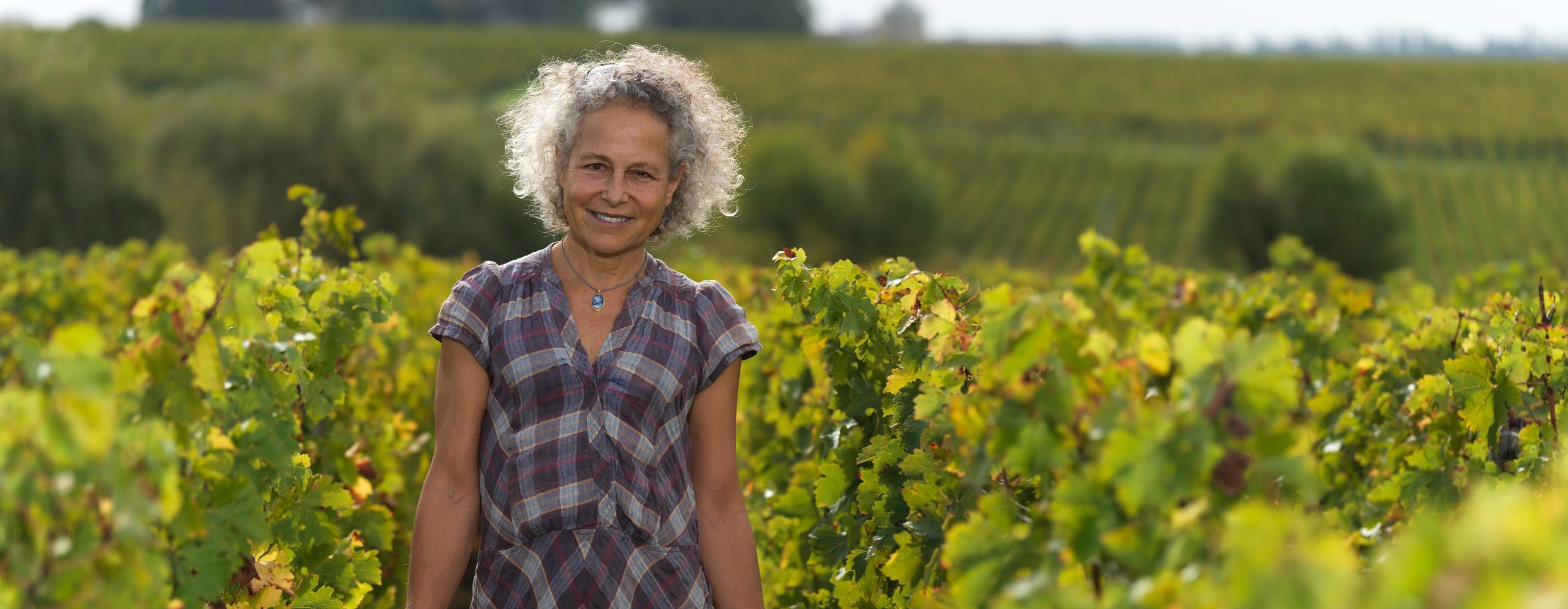Photo credit: Château Haut-Bages Libéral
Meet Claire Villars-Lurton
Estates: Château Haut-Bages Libéral
Appellation: Pauillac
Focus: 70% Cabernet Sauvignon, 30% Merlot
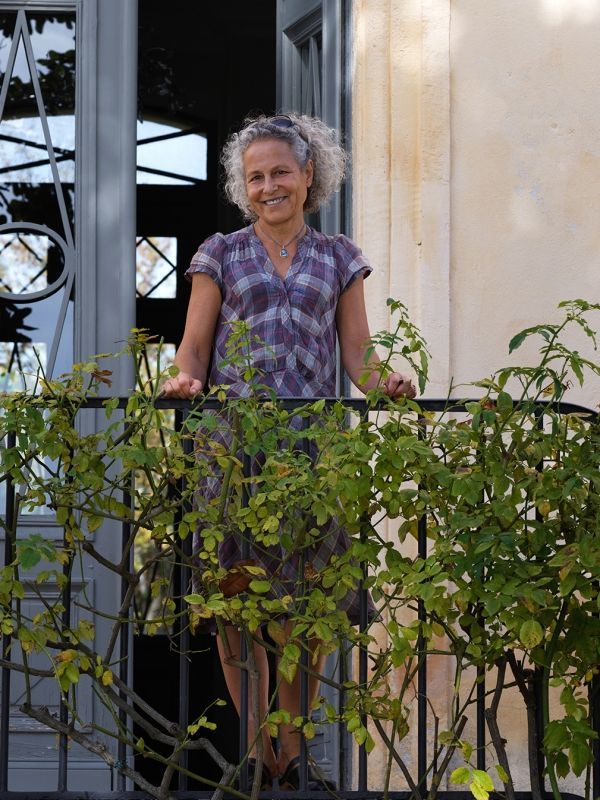
Photo credit: Château Haut-Bages Libéral
Background
Located in Pauillac on the Left Bank of Bordeaux, Château Haut-Bages Libéral has been producing wine since it was owned by the Libéral family in the 18th century. In 1855, the estate was granted the title of Grand Cru Classé, and in 1983, it was purchased by the Villars family, who revitalized the land and returned it to its original glory. Today, the estate is owned by Claire Villars-Lurton.
Though raised among the vines, winemaking was not Claire’s original plan. Claire was studying as a physics doctoral student in Paris, but she shifted her career to become an oenologist and joined the family business following the untimely passing of her mother, Bernadette, in 1992. The third generation of her family to own the estate, Claire is one of the leaders of the agroforestry (the integration of trees and shrubs into farming systems) and agroecology (sustainable farming that works with nature) movement in Bordeaux viticulture.

Photo credit: Château Haut-Bages Libéral
Vineyards
Situated on the hills of the historic plateau of Bages, half of the 74-acre estate features gravel soil, while the other half overlooking the Gironde features limestone hillock. Overall, there is clay-limestone soil throughout the vineyards due to the proximity to water, providing a unique mineral character to the wines produced at Château Haut-Bages Libéral. Biodiversity is at the center of the château’s agricultural practices through agroecology and agroforestry. The vineyards have been certified organic since 2019 and biodynamic since 2021.
Each vineyard plot is surrounded by hedges with various trees, including peach, apple, maple, dogwood and more, placed in the heart of the vines to promote biodiversity ranging from microorganisms to beneficial insects and birds. Soils are seeded with permanent grassing to protect from drought, maintain fertility, and develop a natural immunity against diseases. From the vine to the soil to the microorganisms within, each natural element of the estate works together to create a sustainable and productive vineyard.
“The life of the soil is crucial… It is the future of viticulture.” – Claire Villars-Lurton
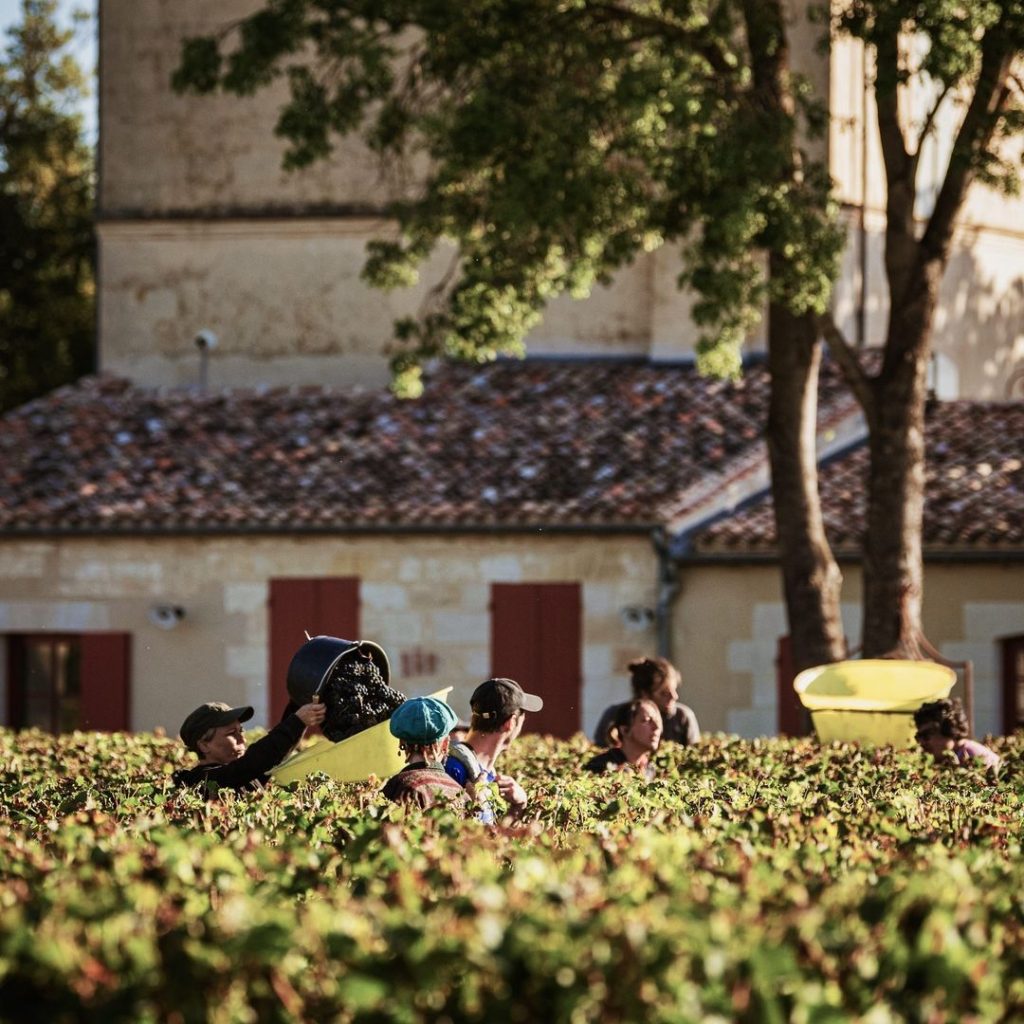
Photo credit: Château Haut-Bages Libéral
Wines
Averaging nearly 10,000 cases of wine per year, Château Haut-Bages Libéral attributes the style of its wines to its focus on the soil. The limestone provides freshness and minerality that sets them apart from other wines produced in the appellation. The vineyards are planted with 70% Cabernet Sauvignon and 30% Merlot.
More recently, the château innovated their winemaking process to reduce the amount of sulfur added as a protectant for the wine. This allows Château Haut-Bages Libéral to limit the additives to the wines, maintaining the focus on the grapes and the terroir.
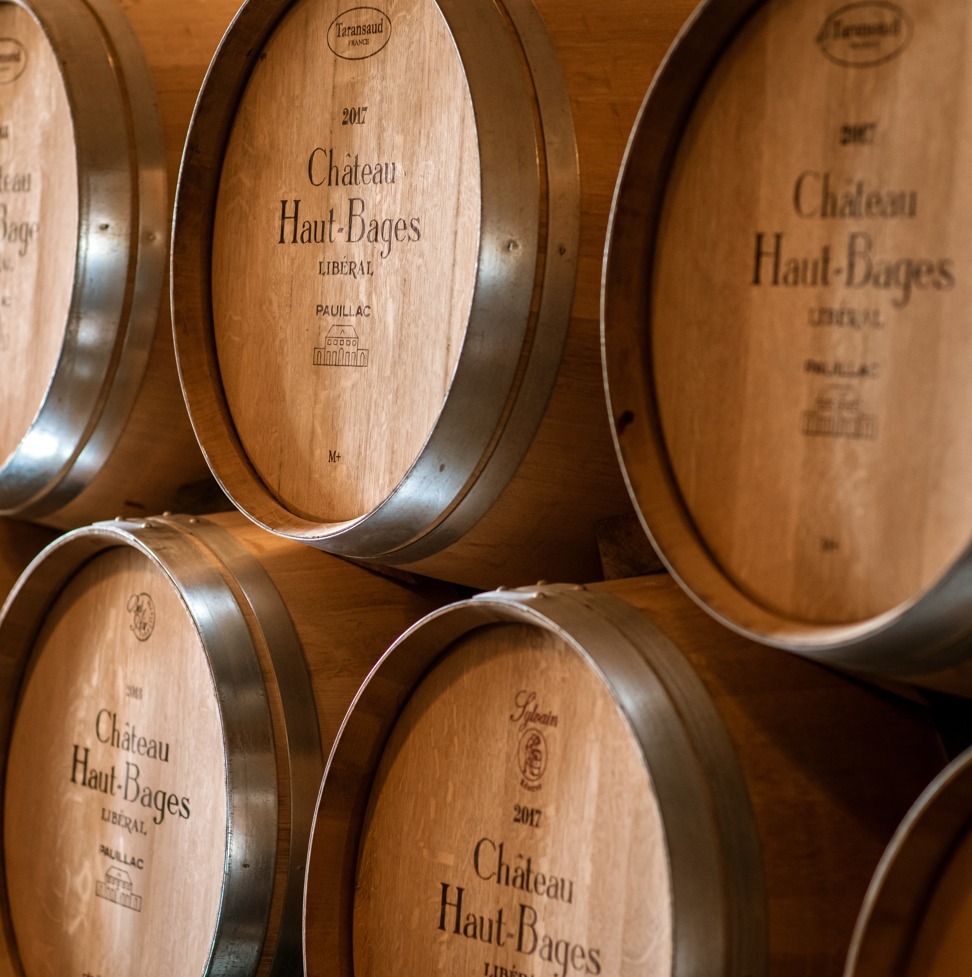
Photo credit: Château Haut-Bages Libéral
Power Couple
Claire’s marriage to Gonzague Lurton formed G&C Lurton, the union of two historic winemaking families. This power couple brought together five châteaux – Château Haut-Bages Libéral, Château Ferriere, and Château La Gurgue from Claire’s family, Château Durfort-Vivens in Margaux from Gonzague’s, and the joint project of Acaibo Vineyards & Winery in Sonoma, California. Each property employs winemaking methods that align with Claire and Gonzague’s sustainability values, preserving them for their three children and future generations.
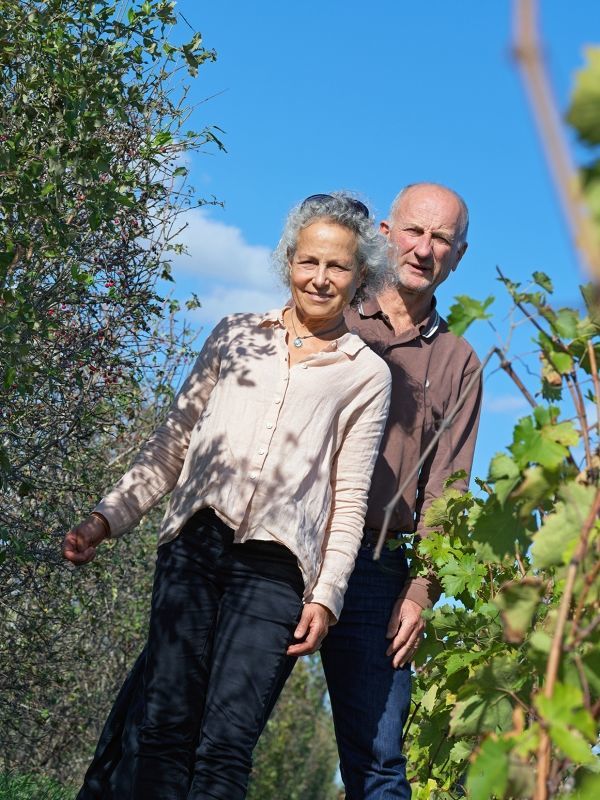
Photo credit: G&C Lurton
Explore more from Château Haut-Bages Libéral
U.S importer: AP Wine Imports
Thirsty for more? Follow Clink Different’s Instagram and Facebook to stay up-to-date on the latest blogs and upcoming events.
